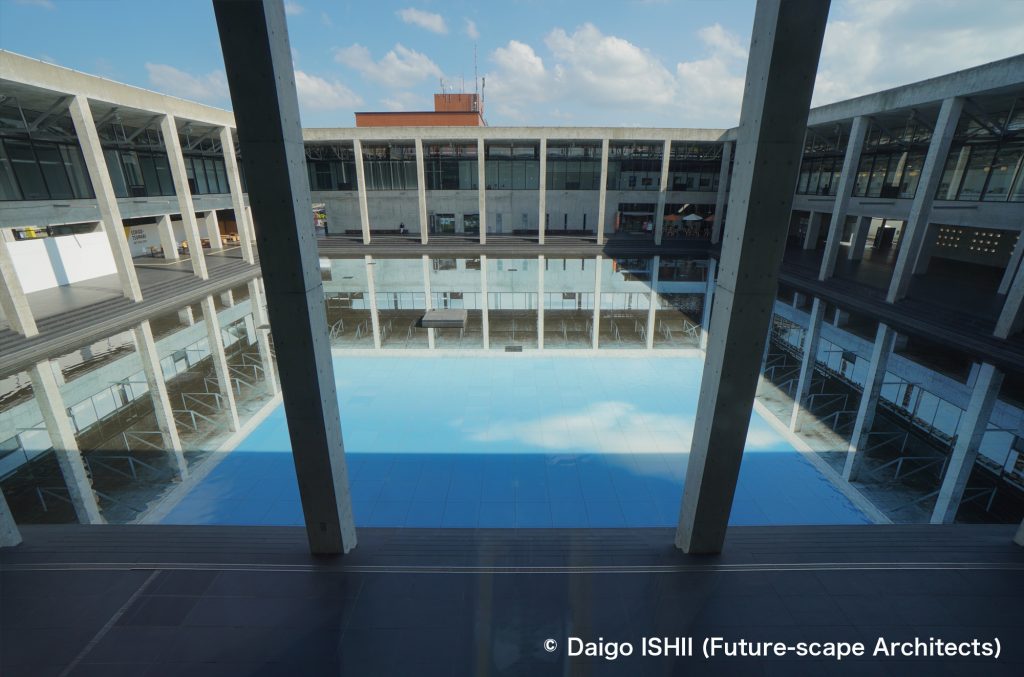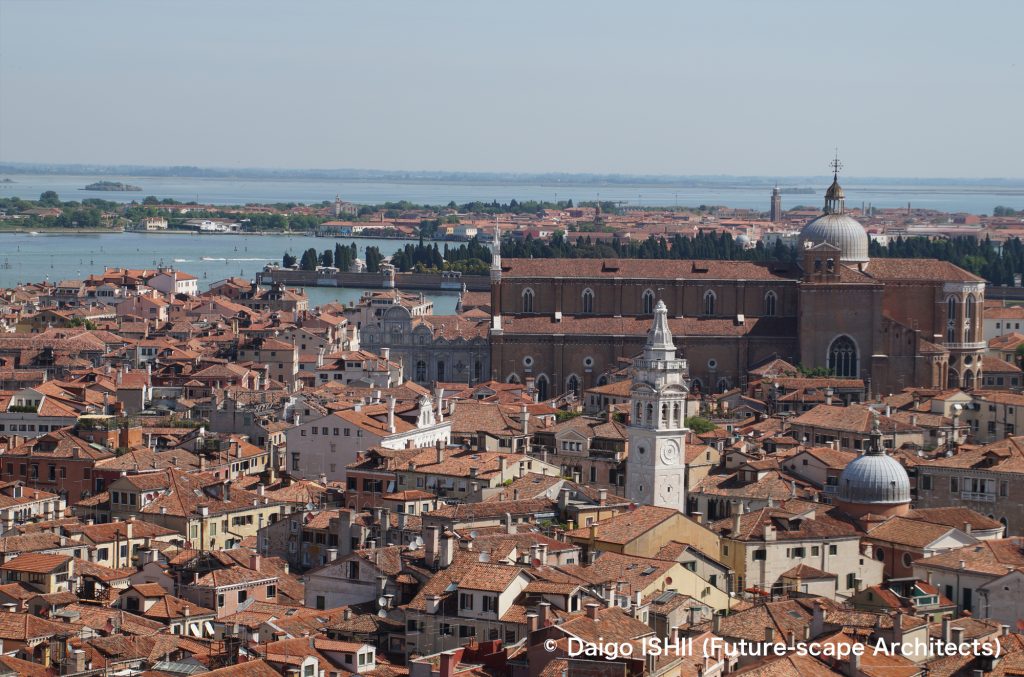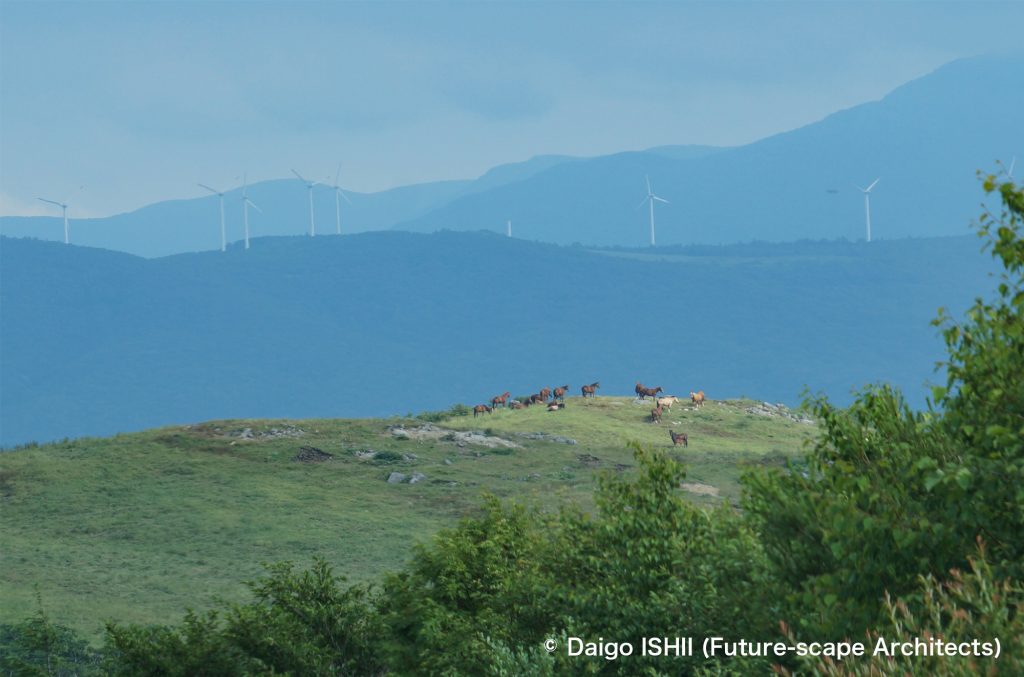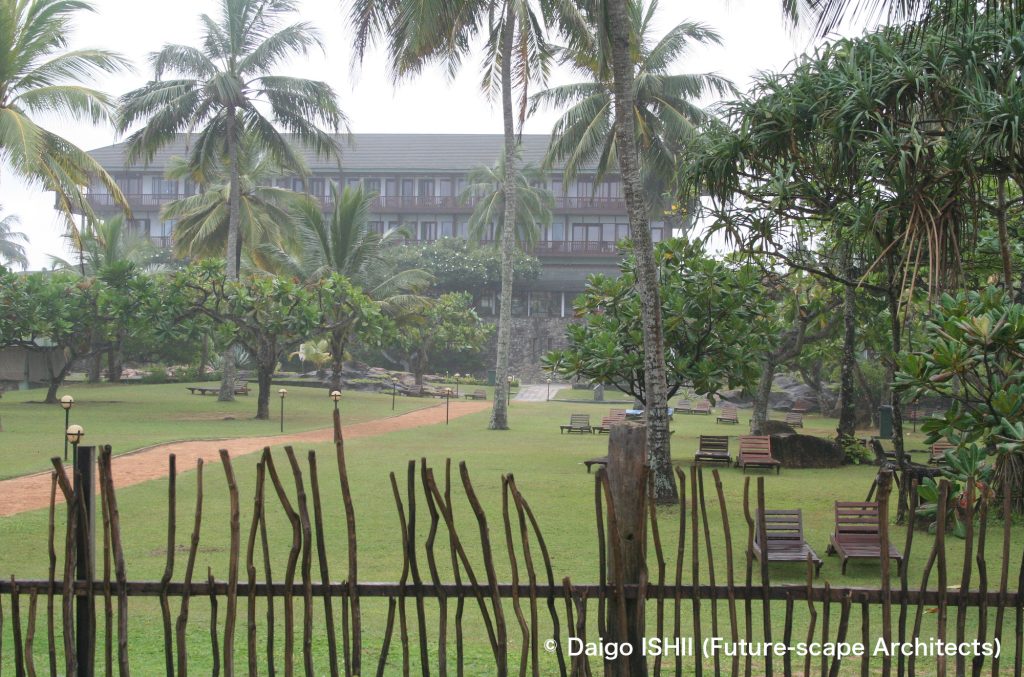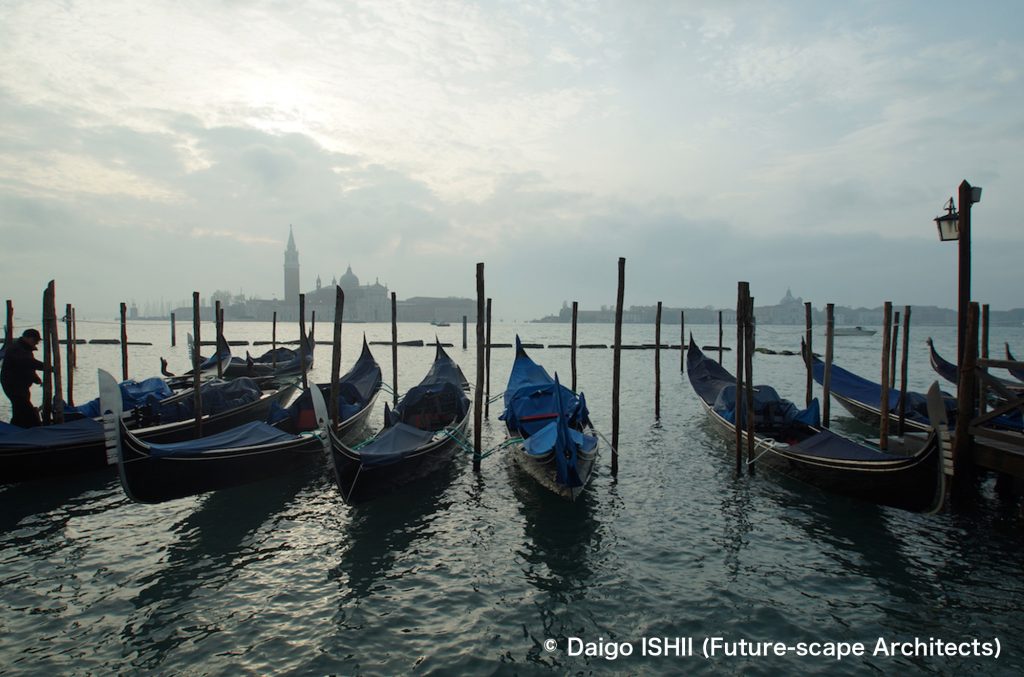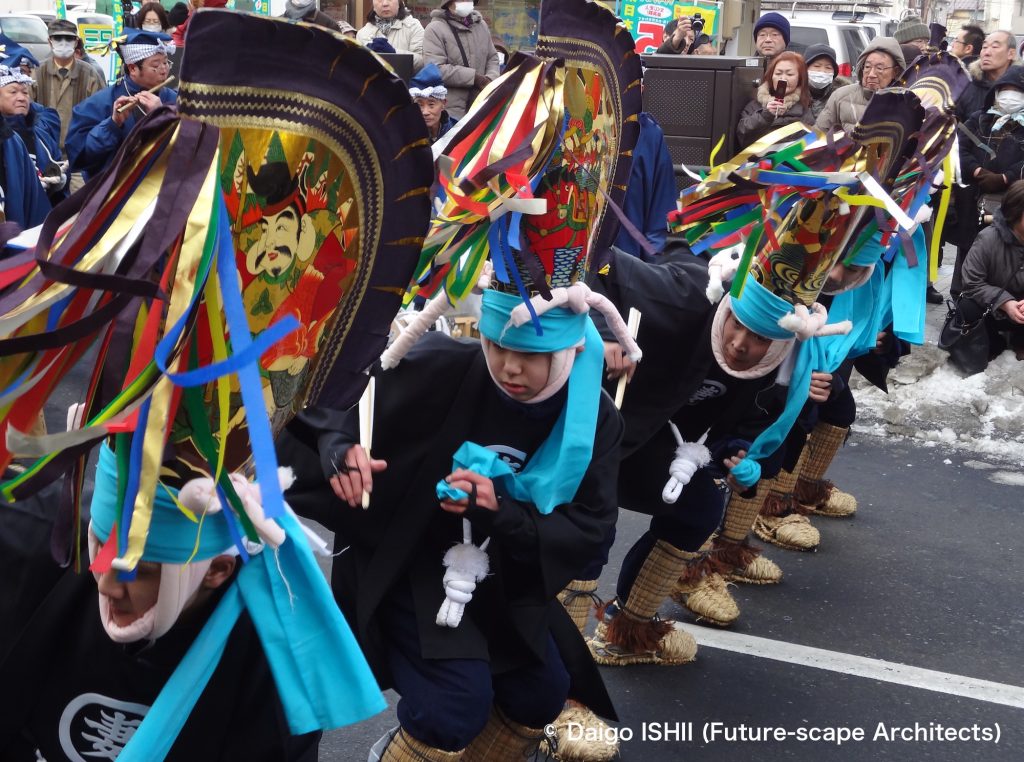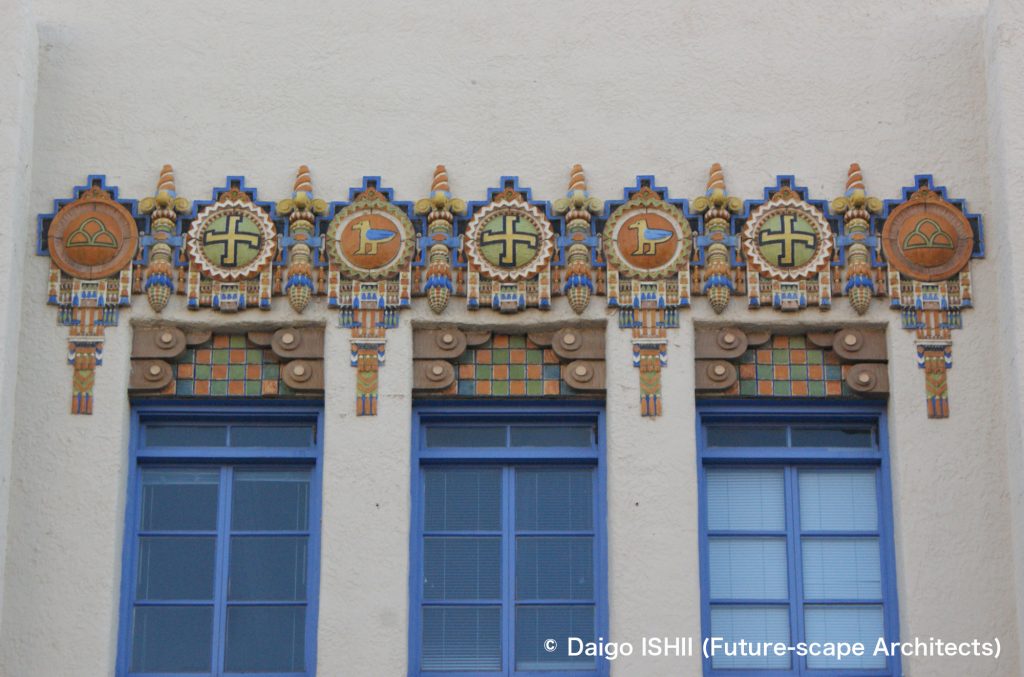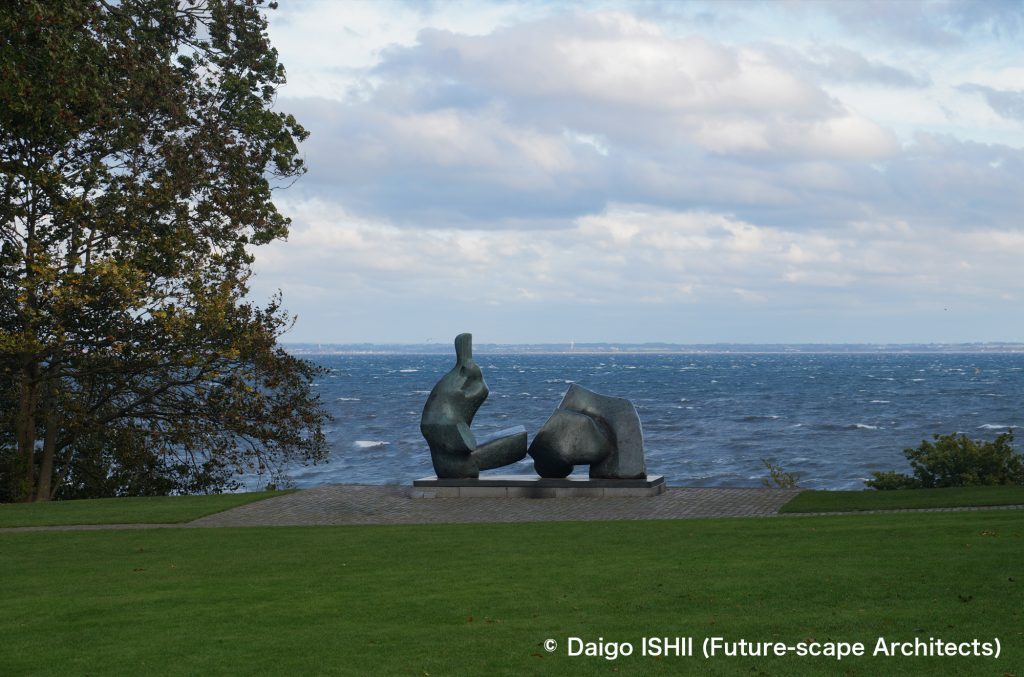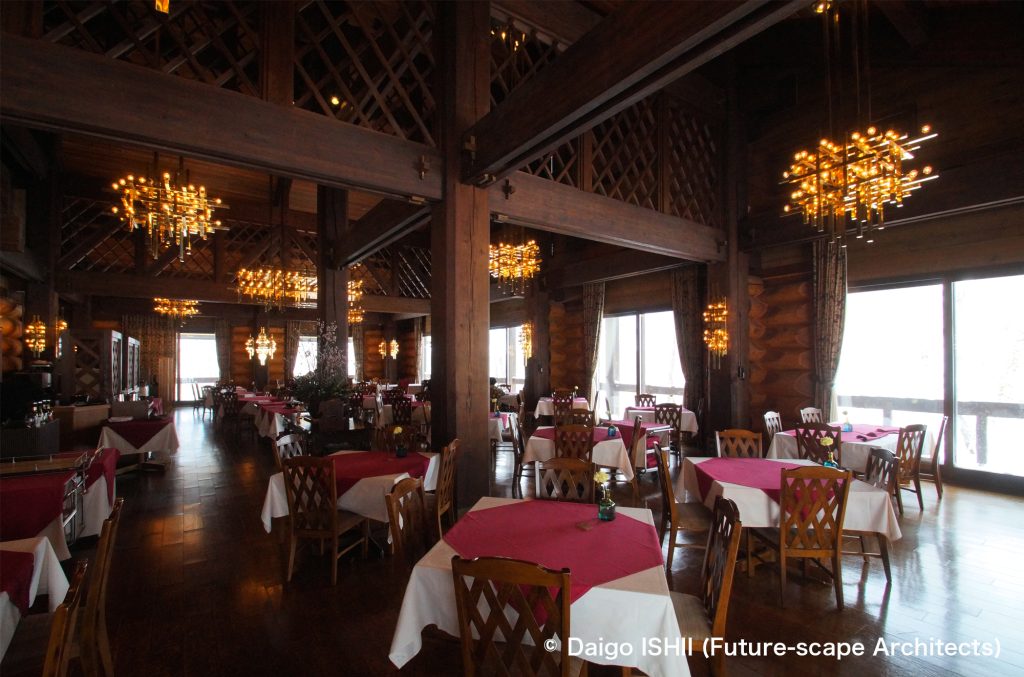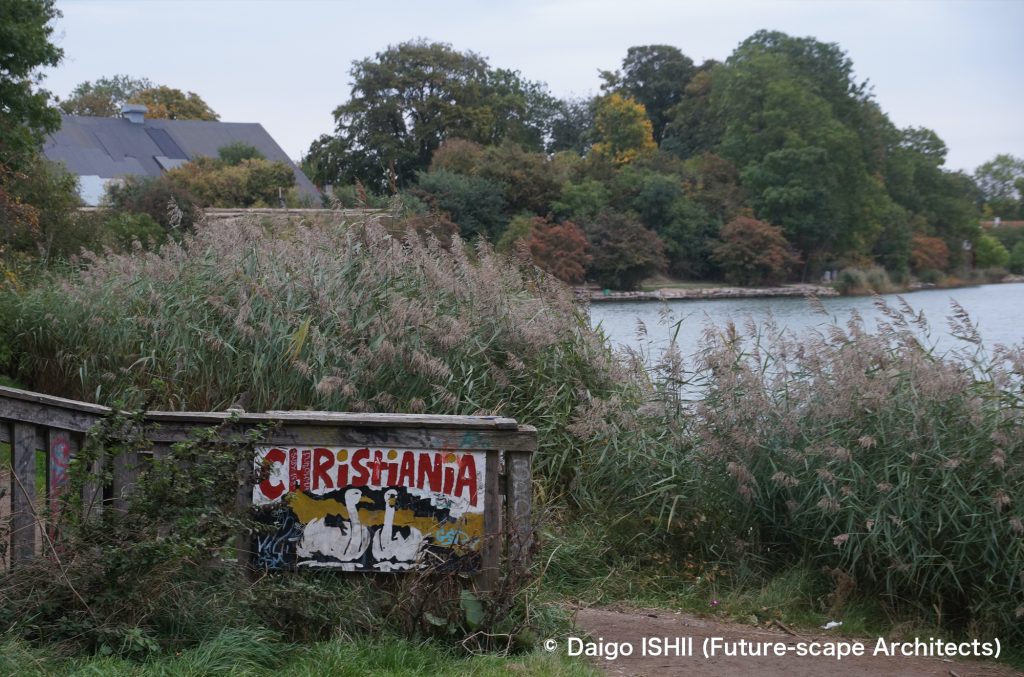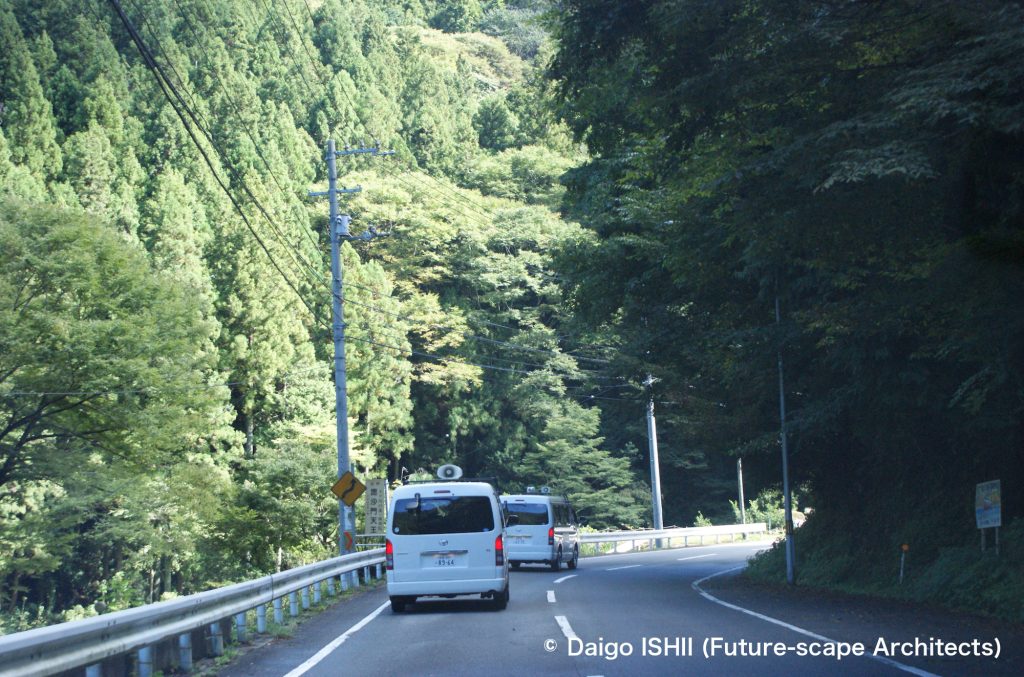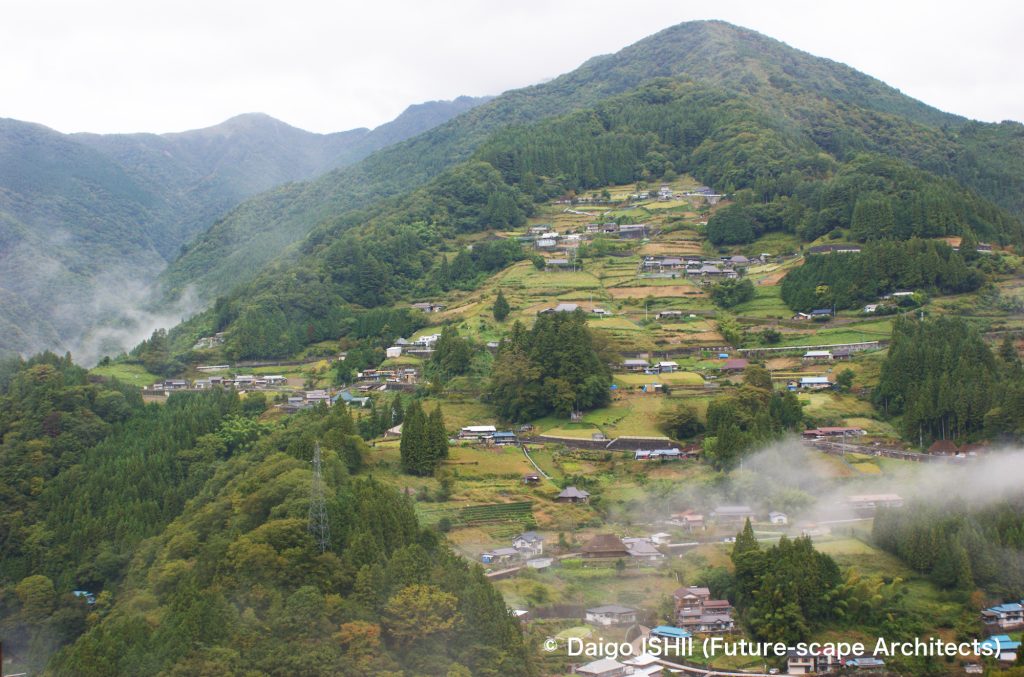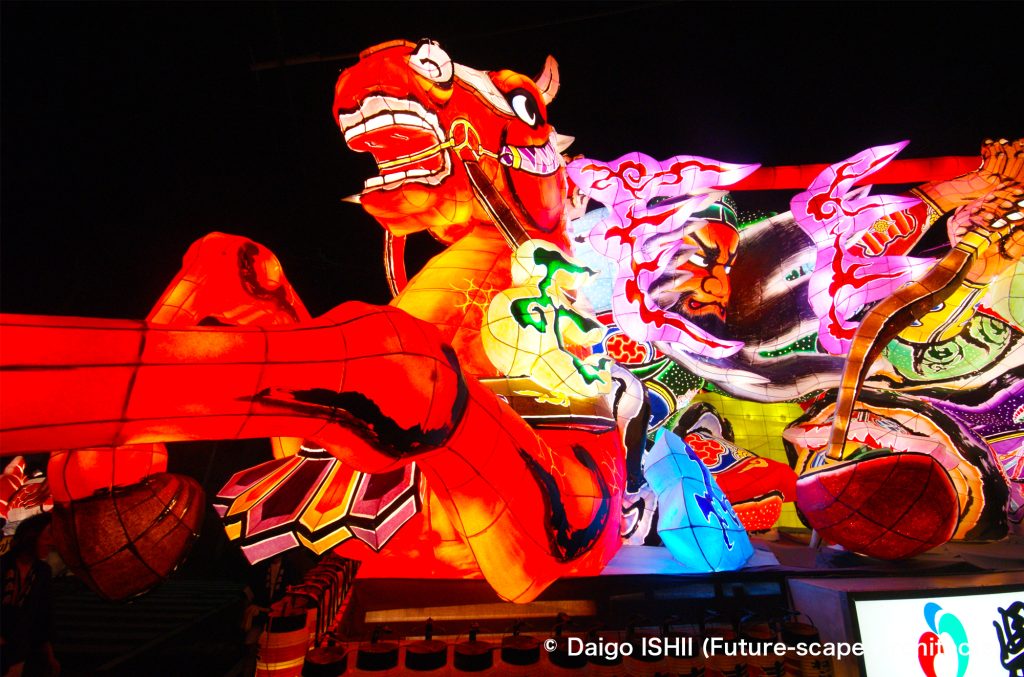Iwate is an area where you can encounter various places with kindness to animals. The Nambu Magariya (bender house) is one of them. The houses considerating for symbiosis with animals remain in Iwate.
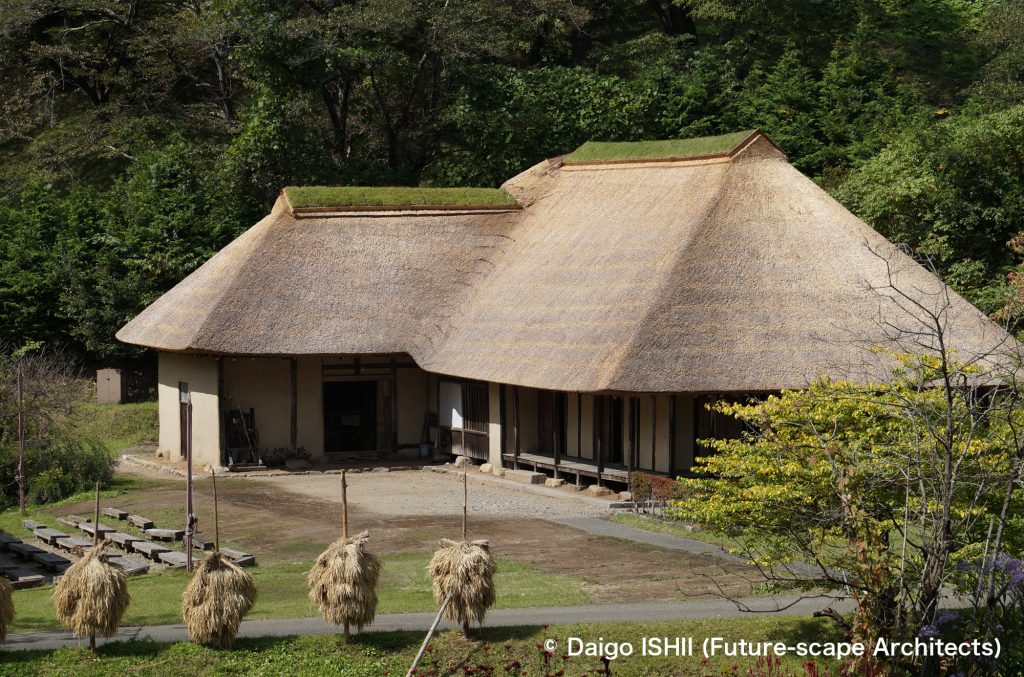
https://goo.gl/maps/zzdtMSmUn6ZfZpU49
In the steep Iwate Mountains, cattle and horses played an important role in transportation for agriculture, forestry, and the steel industry. Farmers borrowed cattle and horses from large landowners to use them for work. When farmers had offspring through breeding, farmers shared the sale price with the large landowner. In the summer, the cattle and horses were grazed in the mountains. Meanwhile, in the winter when the mountains were covered with snow, they returned to the village and were housed inside Magariya as an important partner. One of the reasons for the development of Magariya was that if a stable was separated from the main house, the cattle and horses tended to lose weight in the cold climate of heavy snowfall.
The L-shaped floor plan was said to avoid the cold west wind in the winter. One side of it was stable, and the other side was a dwelling space. A wide earthen floor with a hearth was on the corner, and it connected the dwelling space and the stable. Although partial partition walls were between the stable and the earthen floor with a hearth, the family could always see the cattle and horses as part of the family while living in the house. A smoke vent was installed above the stable. It had the effect that the warmth from the hearth escaped through the stables to warm the cattle and horses.
Most of the Magariyas preserved now do not keep horses to protect cultural properties, but only in the Magariyas in Tono Furusato Village, horses are kept to show how they used to live together. It was summer when I visited, and the fittings were open. But the earthen floor smelled of beasts though openings near the stables allowed air to escape in addition to the smoke vent. Once the interior must have been an unimaginable level of air environment in the winter when it was impossible to open to the outside.
The family is said to have eaten while watching cattle and horses eating fodder. The house valued the relationship with animals rather than the living environment of humans.
Former Kitagawa House
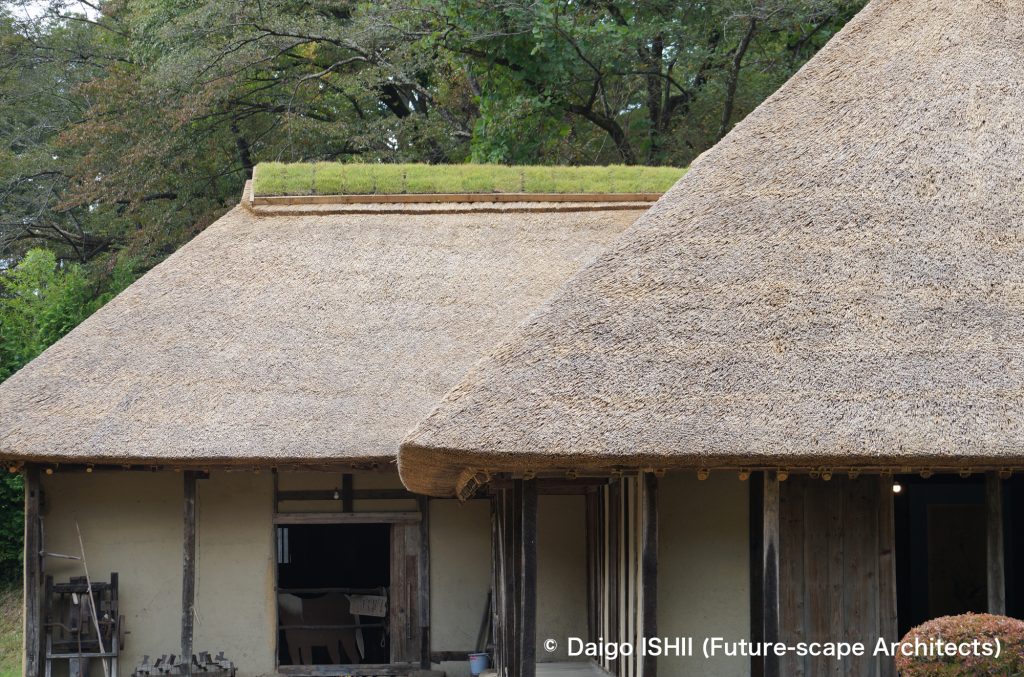
https://goo.gl/maps/zzdtMSmUn6ZfZpU49
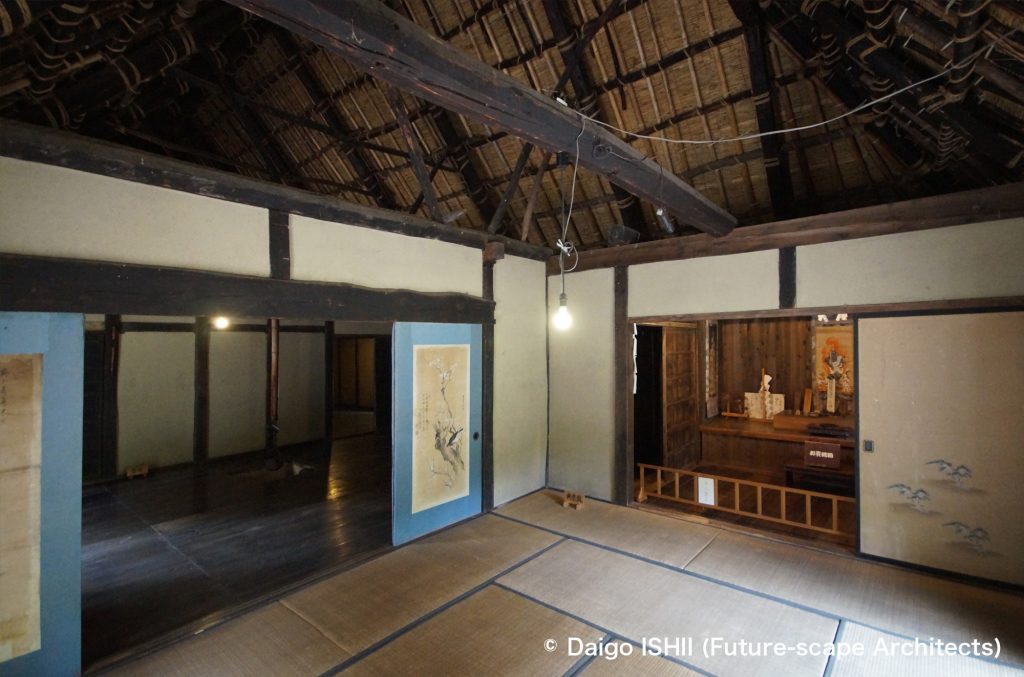
https://goo.gl/maps/zzdtMSmUn6ZfZpU49
Kikuchi House
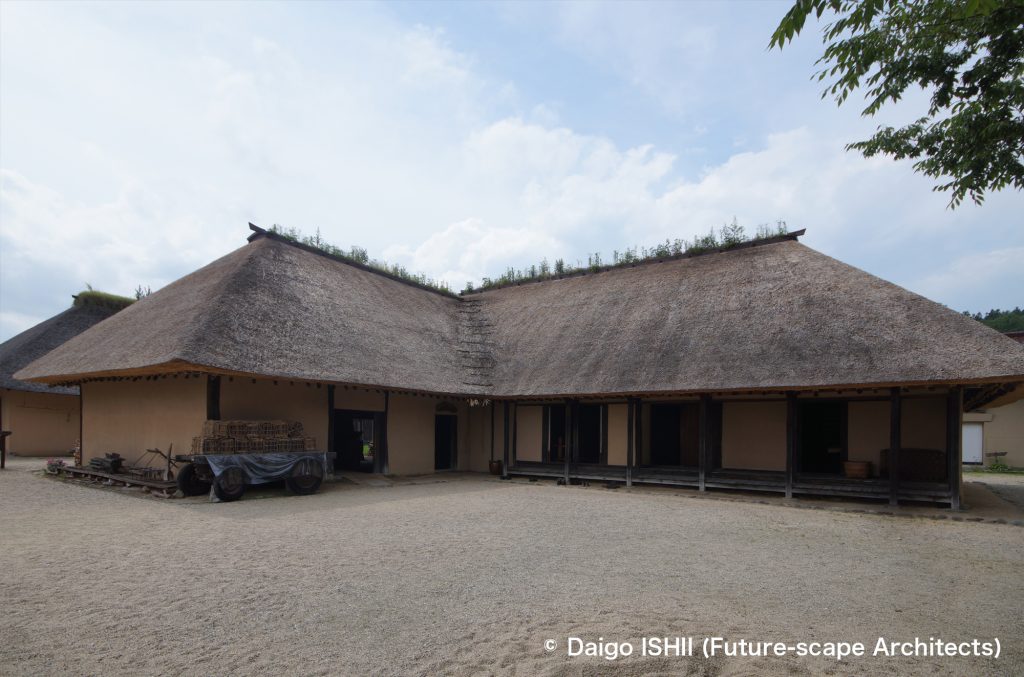
https://goo.gl/maps/KyAKoFKEFZXweCdY6
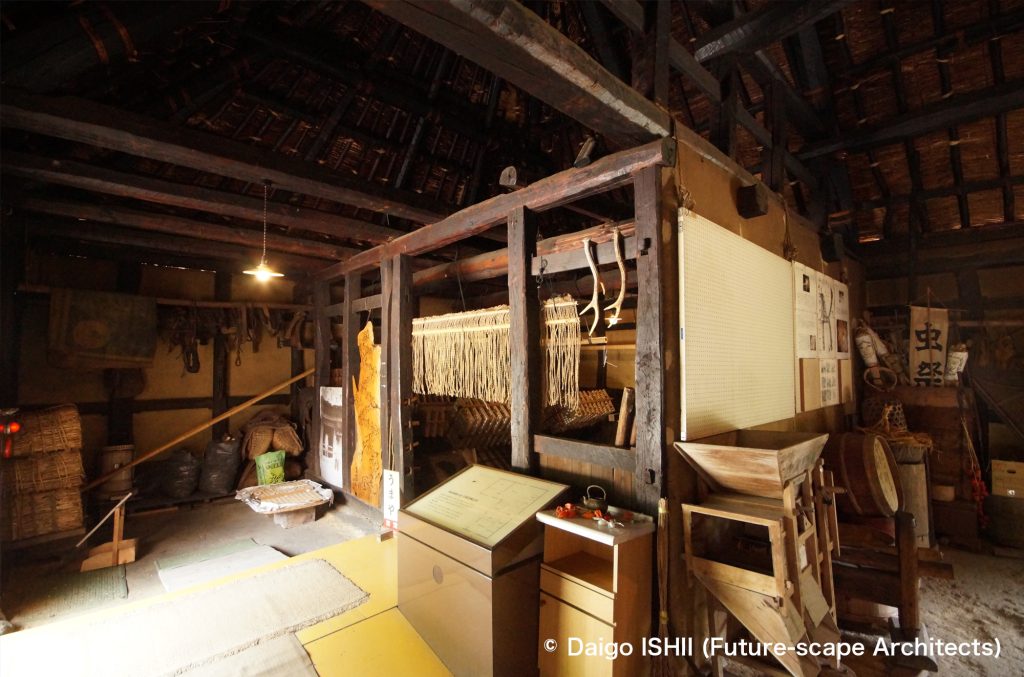
https://goo.gl/maps/KyAKoFKEFZXweCdY6
Ono-don
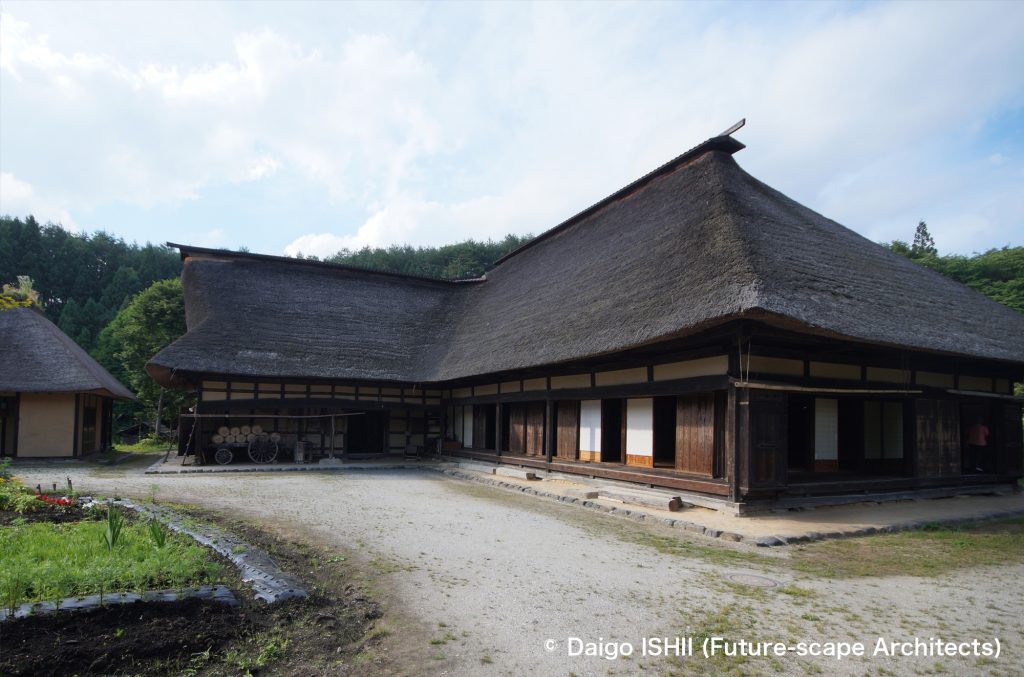
https://goo.gl/maps/oM1Hr6uwbNYxCLVk9
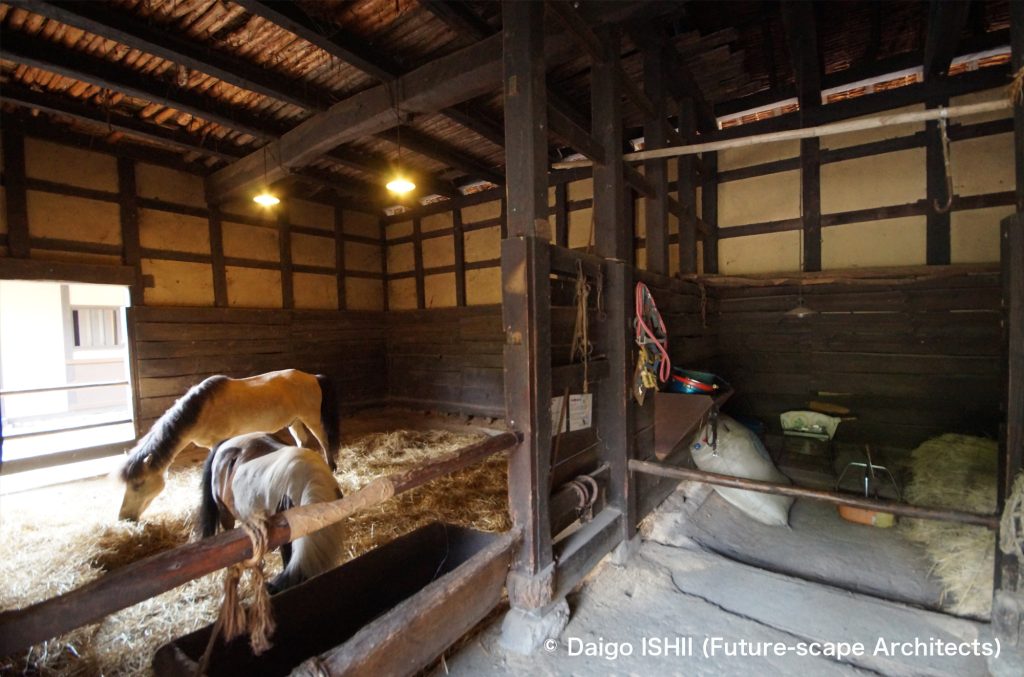
https://goo.gl/maps/oM1Hr6uwbNYxCLVk9
Kimo-iri-no-Ie House
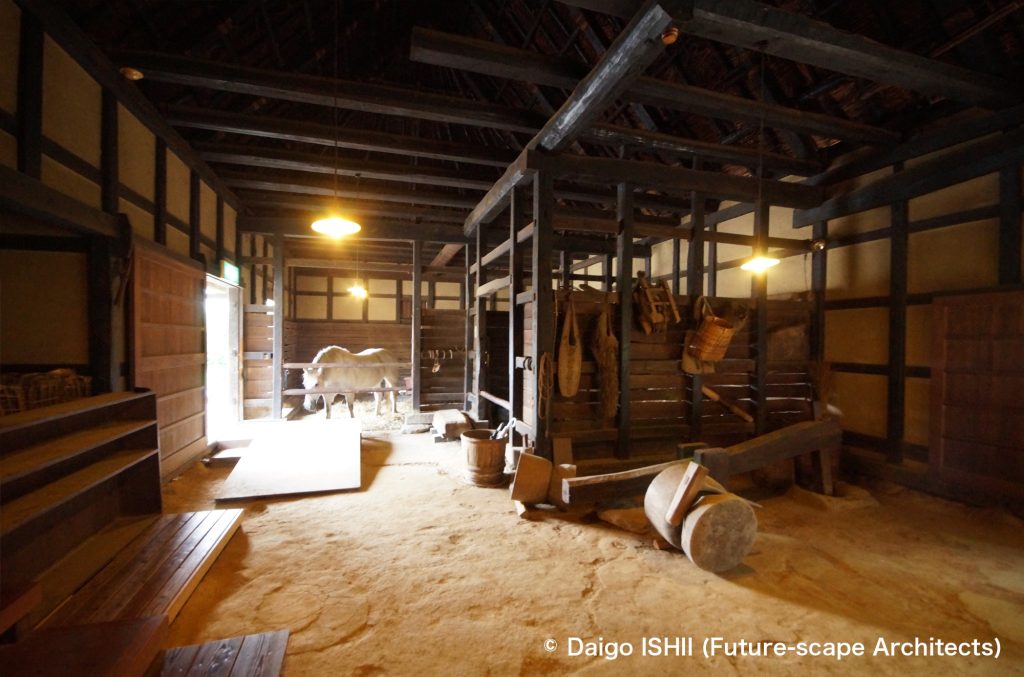
https://goo.gl/maps/aDWXCh9UuKWHvFCg7
Former Kawasaki House
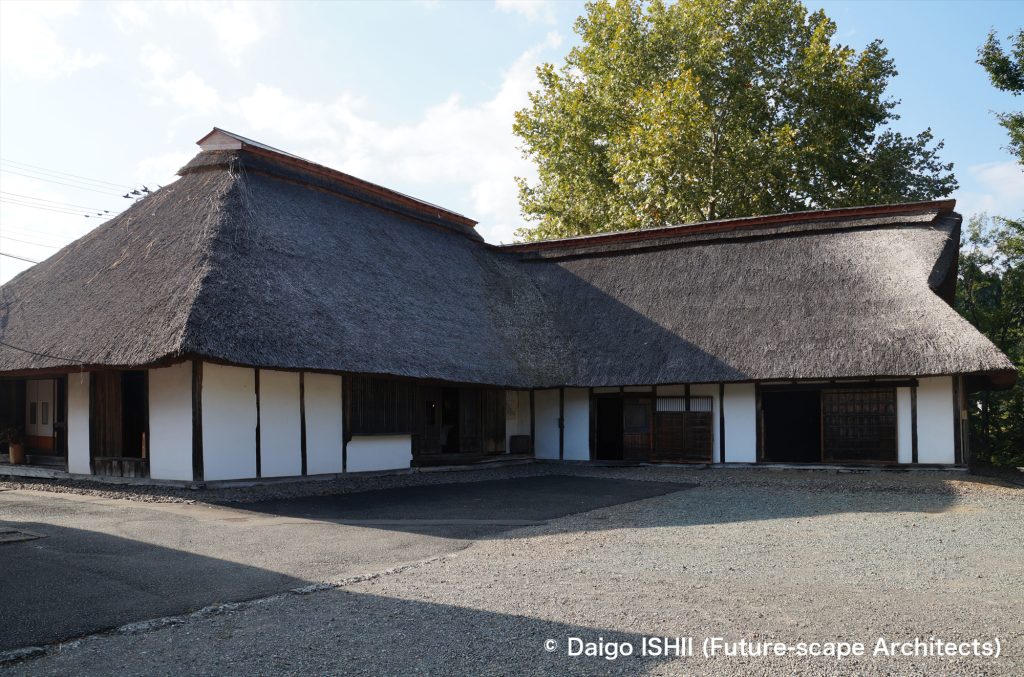
https://goo.gl/maps/f4Q4P2xnfbxY3xRZ9
Nambu Magariya Chiba House
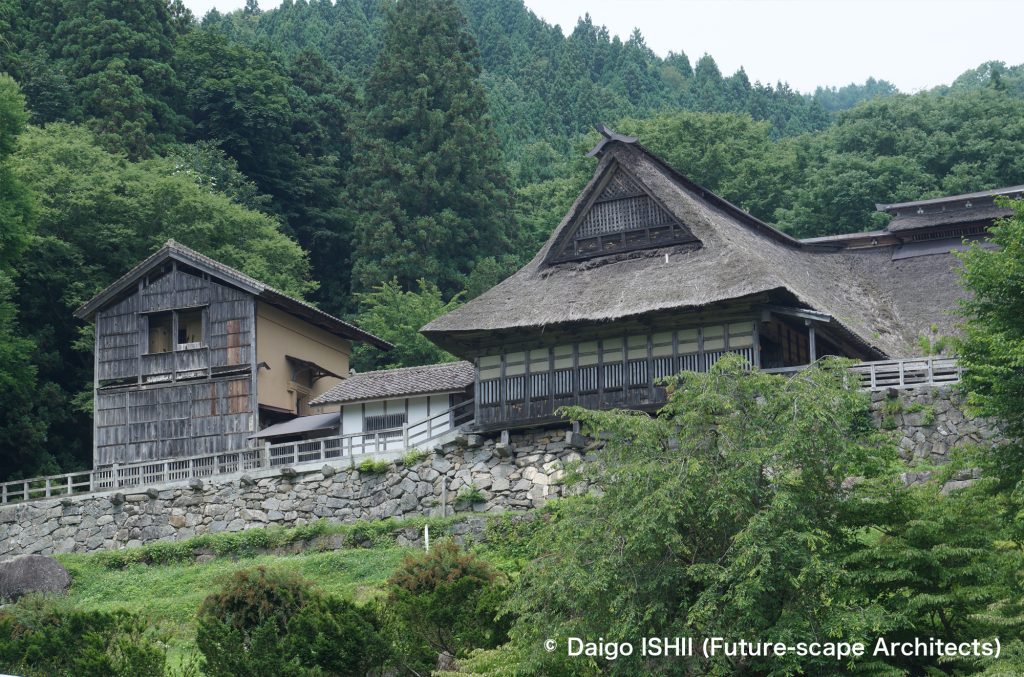
https://goo.gl/maps/YVAdXFHeSqrDBBSB6
Click here for your impressions
reference
”図説 岩手県の歴史”(細井計,河出書房新社,1995)
”馬とくらし”(遠野市立博物館,1990)
”南部曲り家読本”(瀬川修,無明舎出版,2007)
みちのく民俗村解説
遠野伝承園解説
Wikipedia
Please do not use or upload our photos without permission.



